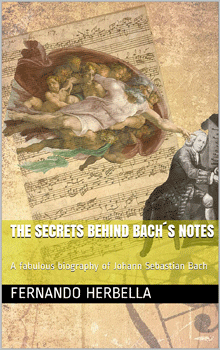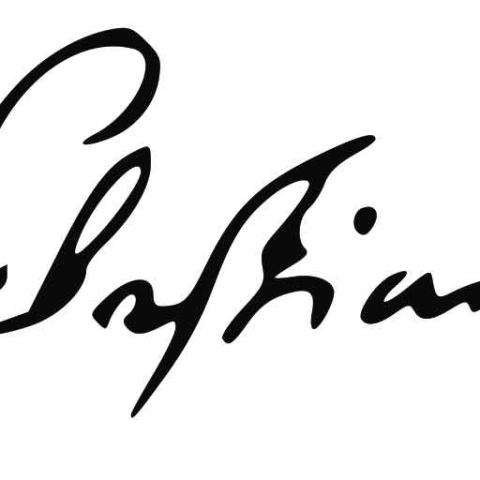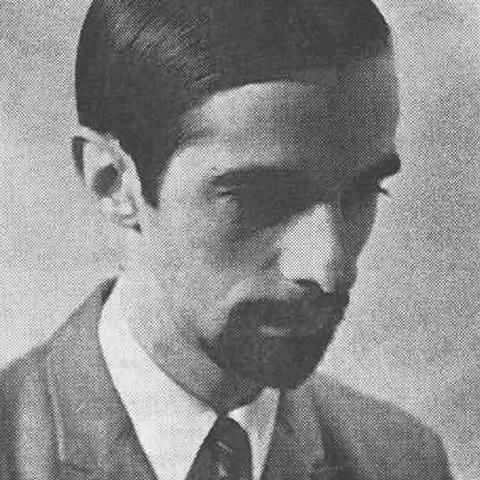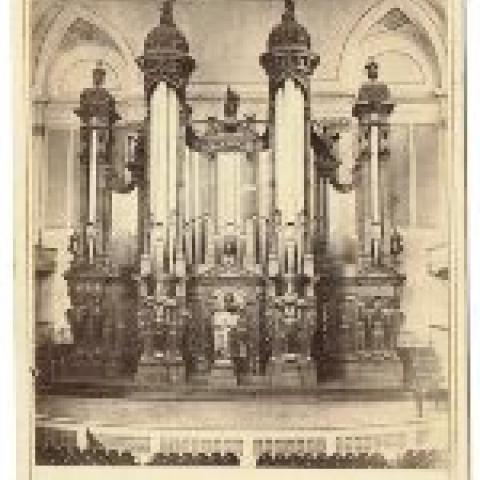
Fernando Herbella, Debora Gallegos, and Diego Adão have published a new ebook, The Secrets Behind Bach’s Notes: A fabulous biography of Johann Sebastian Bach.
The book looks to show the story of this composer through a technical text based on biographical and historical data, interspersed with an investigative novel.
The book is available for download to Kindle for $3.50 at: www.amazon.com.







